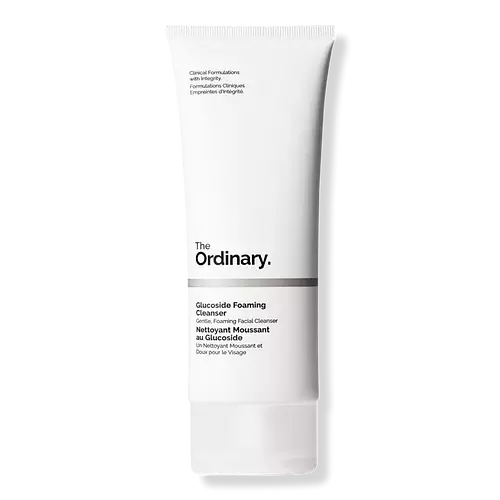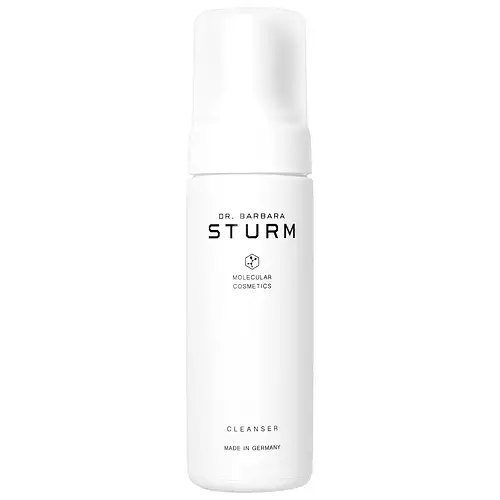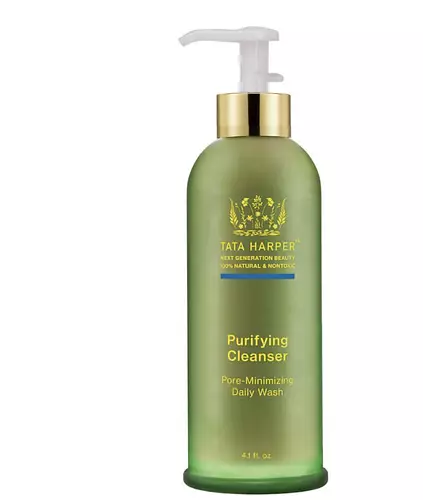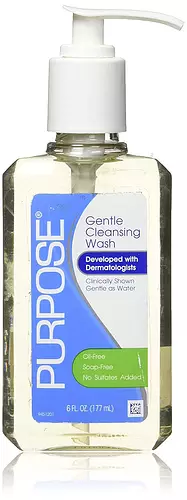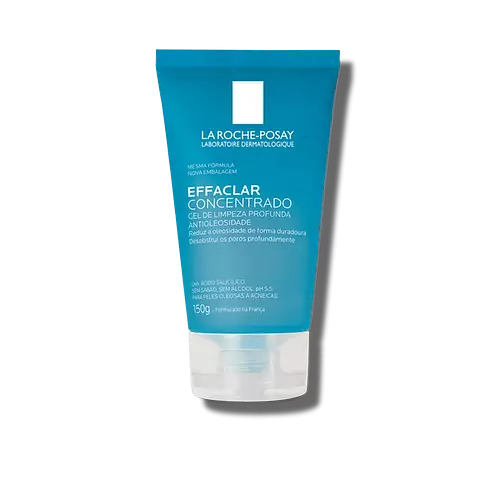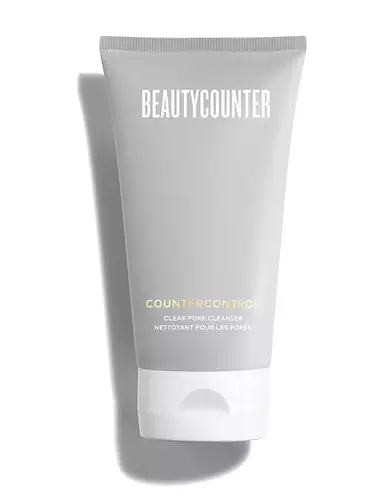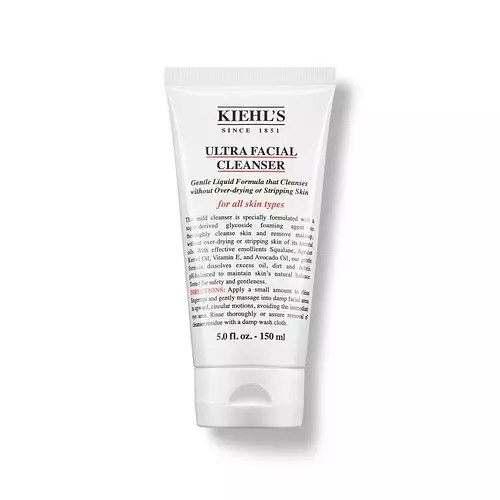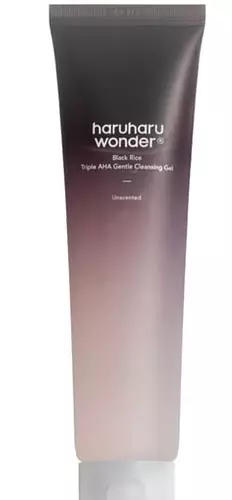The Ordinary Glucoside Foaming Cleanser Versus Dr. Barbara Sturm The Cleanser
Updated on June 13, 2024
Overview
What they are
These products are both cruelty-free, fungal acne (malassezia) safe, and reef safe face cleansers. They have a total of 3 ingredients in common
Cool Features
They both contain Vitamin E
Suited For
They're both likely to be good for anti aging, dry skin, brightening skin and scar healing
Free From
They both do not contain any oils, parabens, silicones or sulfates
What's Inside
They both contain harsh alcohols, common allergens and fragrances
We independently verify ingredients, and our claims are backed by peer-reviewed research. Spot a product that needs an update? Let us know.
Ingredient Info
The Ordinary Glucoside Foaming Cleanser 8 ingredients
Dr. Barbara Sturm The Cleanser 19 ingredients
At a glance
Click on any of the items below to learn more
The Ordinary Glucoside Foaming Cleanser 8 ingredients
Dr. Barbara Sturm The Cleanser 19 ingredients
Notable Ingredients
This product contains 1 ingredient that may have this attribute:
This product contains 1 ingredient that may have this attribute:
Benefits
This product contains 1 ingredient that may have this attribute:
This product contains 1 ingredient that may have this attribute:
This product contains 1 ingredient that may have this attribute:
This product contains 2 ingredients that may have this attribute:
Concerns
This product contains 1 ingredient that may have this attribute:
This product contains 1 ingredient that may have this attribute:
This product contains 2 ingredients that may have this attribute:
This product contains 2 ingredients that may have this attribute:
This product contains 1 ingredient that may have this attribute:
Notable Ingredients
This product contains 1 ingredient that may have this attribute:
This product contains 1 ingredient that may have this attribute:
Benefits
This product contains 3 ingredients that may have this attribute:
This product contains 1 ingredient that may have this attribute:
This product contains 1 ingredient that may have this attribute:
This product contains 2 ingredients that may have this attribute:
This product contains 1 ingredient that may have this attribute:
This product contains 1 ingredient that may have this attribute:
This product contains 1 ingredient that may have this attribute:
This product contains 2 ingredients that may have this attribute:
This product contains 1 ingredient that may have this attribute:
This product contains 3 ingredients that may have this attribute:
Concerns
This product contains 2 ingredients that may have this attribute:
This product contains 1 ingredient that may have this attribute:
This product contains 3 ingredients that may have this attribute:
This product contains 3 ingredients that may have this attribute:
This product contains 3 ingredients that may have this attribute:
Ingredients Side-by-side
Ingredients Explained
These ingredients are found in both products.
Ingredients higher up in an ingredient list are typically present in a larger amount.
Water. It's the most common cosmetic ingredient of all. You'll usually see it at the top of ingredient lists, meaning that it makes up the largest part of the product.
So why is it so popular? Water most often acts as a solvent - this means that it helps dissolve other ingredients into the formulation.
You'll also recognize water as that liquid we all need to stay alive. If you see this, drink a glass of water. Stay hydrated!
Learn more about WaterTocopherol (also known as Vitamin E) is a common antioxidant used to help protect the skin from free-radicals and strengthen the skin barrier. It's also fat soluble - this means our skin is great at absorbing it.
Vitamin E also helps keep your natural skin lipids healthy. Your lipid skin barrier naturally consists of lipids, ceramides, and fatty acids. Vitamin E offers extra protection for your skin’s lipid barrier, keeping your skin healthy and nourished.
Another benefit is a bit of UV protection. Vitamin E helps reduce the damage caused by UVB rays. (It should not replace your sunscreen). Combining it with Vitamin C can decrease sunburned cells and hyperpigmentation after UV exposure.
You might have noticed Vitamin E + C often paired together. This is because it is great at stabilizing Vitamin C. Using the two together helps increase the effectiveness of both ingredients.
There are often claims that Vitamin E can reduce/prevent scarring, but these claims haven't been confirmed by scientific research.
Learn more about TocopherolBenzyl Alcohol is most commonly used as a preservative. It also has a subtle, sweet smell. Small amounts of Benzyl Alcohol is not irritating and safe to use in skincare products. Most Benzyl Alcohol is derived from fruits such as apricots.
Benzyl Alcohol has both antibacterial and antioxidant properties. These properties help lengthen the shelf life of products. Benzyl Alcohol is a solvent and helps dissolve other ingredients. It can also improve the texture and spreadability.
Alcohol comes in many different forms. Different types of alcohol will have different effects on skin. This ingredient is an astringent alcohol.
Using high concentrations of these alcohols are drying on the skin. They may strip away your skin's natural oils and even damage your skin barrier. Astringent alcohols may also irritate skin.
Other types of astringent alcohols include:
According to the National Rosacea Society based in the US, you should be mindful of products with these alcohols in the top half of ingredients.
Any type of sanitizing product will have high amounts of alcohol to help kill bacteria and viruses.
Learn more about Benzyl AlcoholIngredient Ratings
Here's what our community thinks of the ingredients in these products.
When to use
The Ordinary Glucoside Foaming Cleanser 8 ingredients
Dr. Barbara Sturm The Cleanser 19 ingredients


Reviews
Here's what our community thinks
The Ordinary Glucoside Foaming Cleanser 8 ingredients
ZarephLae
It's a gentle gel-cleanser that is suitable to any skin-type but better on oily skin due to it's texture. It's very basic in this regard and that's...
It's a gentle gel-cleanser that is suitable to any skin-type but better on oily skin due to it's texture. It's very basic in this regard and that's not a bad thing. It doesn't target any skin concern specifically so if that's what you're after, I wouldn't recommend this product but I'd use it as a "shower cleanser" or something you would use on the morning or in the middle of the day. Especially if you don't want to dry out your skin too much when using other AHA's and BHA's.
-‘🕯️’-
I want to see the good in this product but to be fair, I have little to say about this product and how it performs because I stopped using after...
I want to see the good in this product but to be fair, I have little to say about this product and how it performs because I stopped using after two uses.😭 I was looking for a cheap, fungal acne safe cleanser to use but unfortunately, the smell was so bad I couldn’t continue use. Usually im not sensitive to smells but this was just such a strong chemical scent that I couldn’t keep using it. As far as how well it cleanses my skin and such, I don’t know, I didn’t use it long enough to write a full review on the product.
